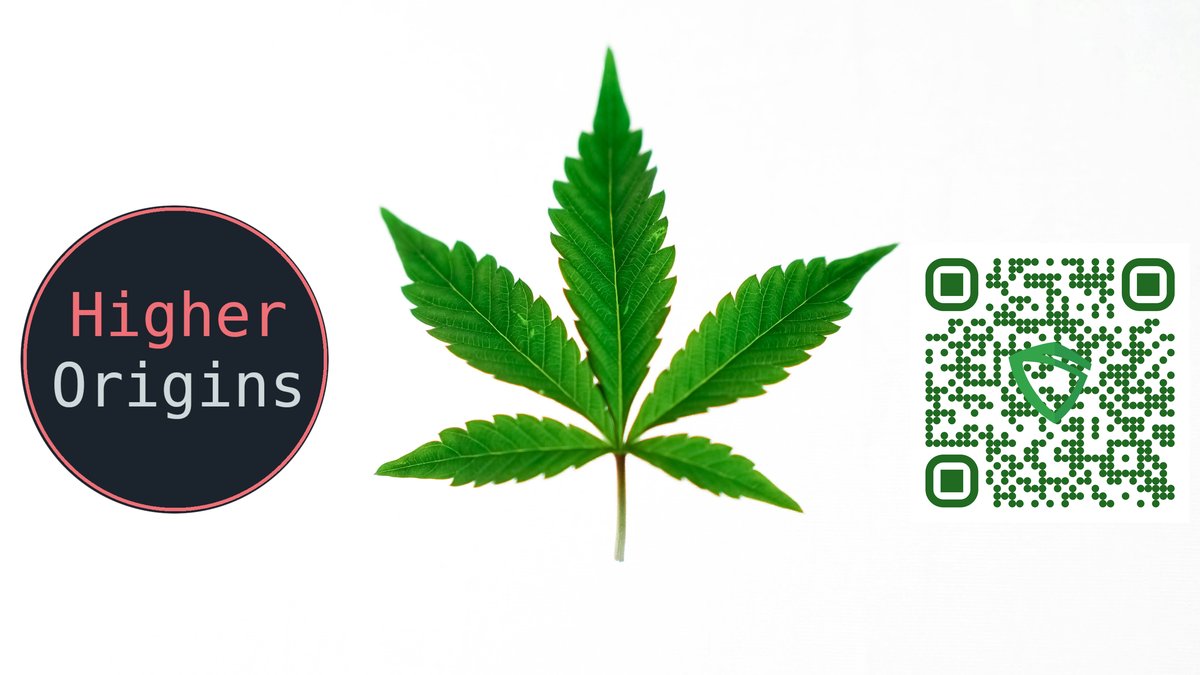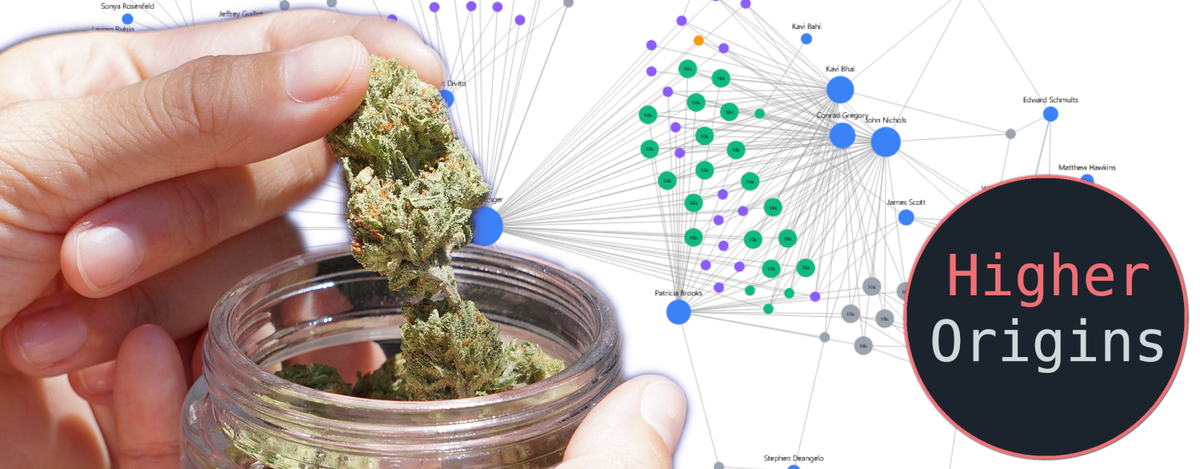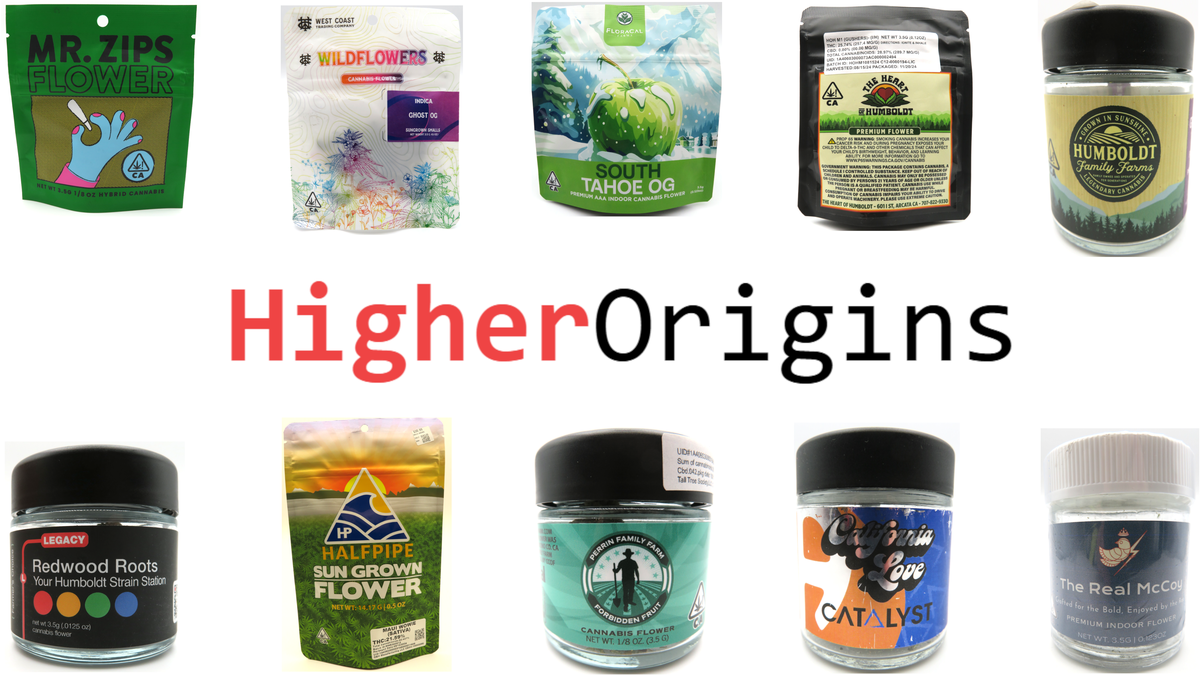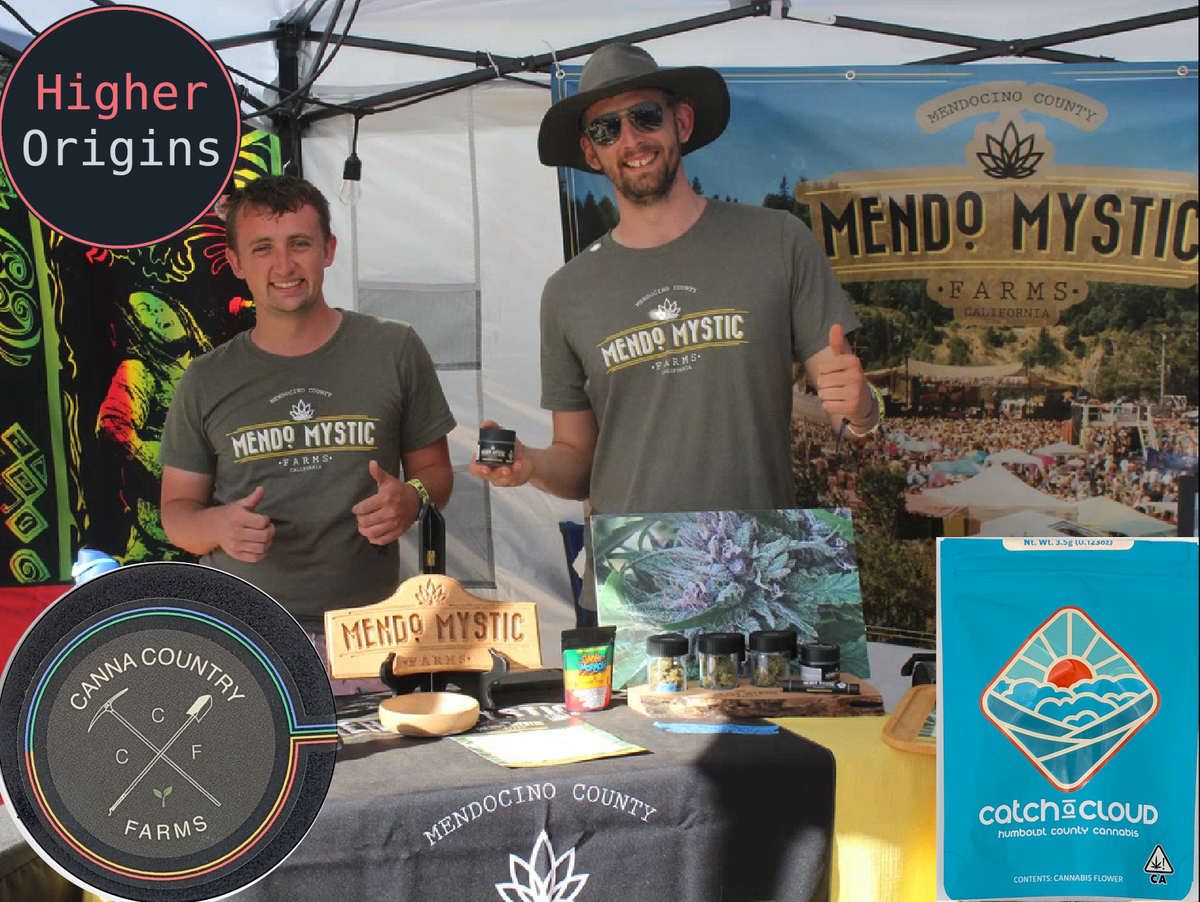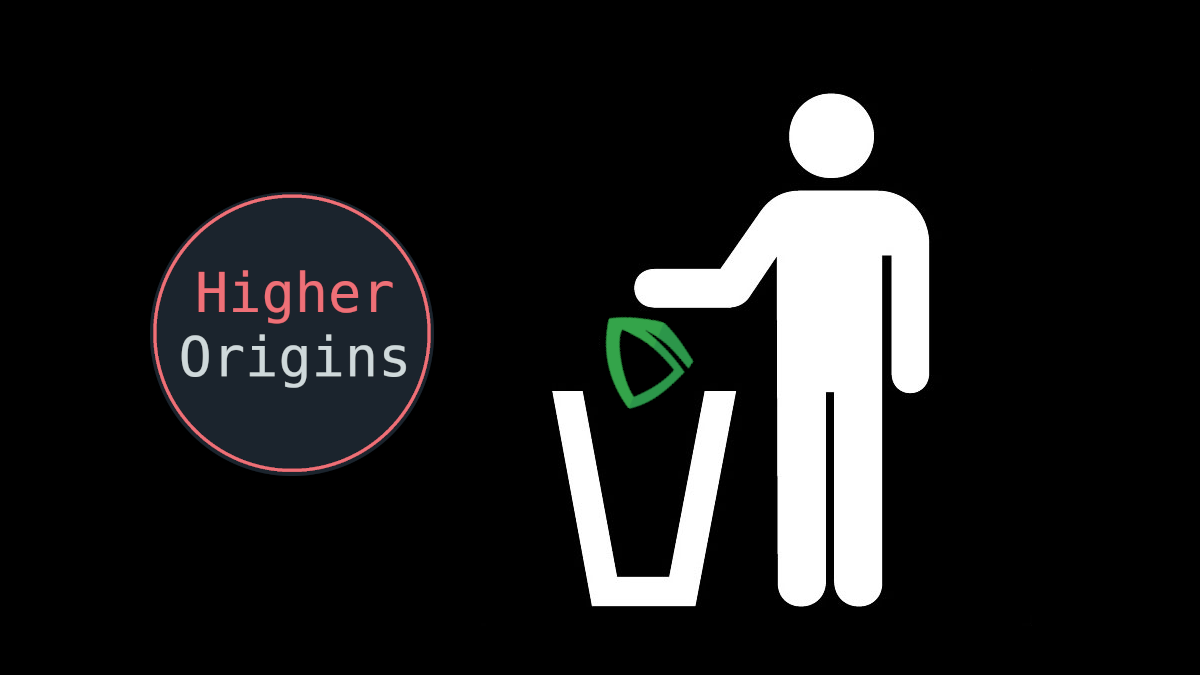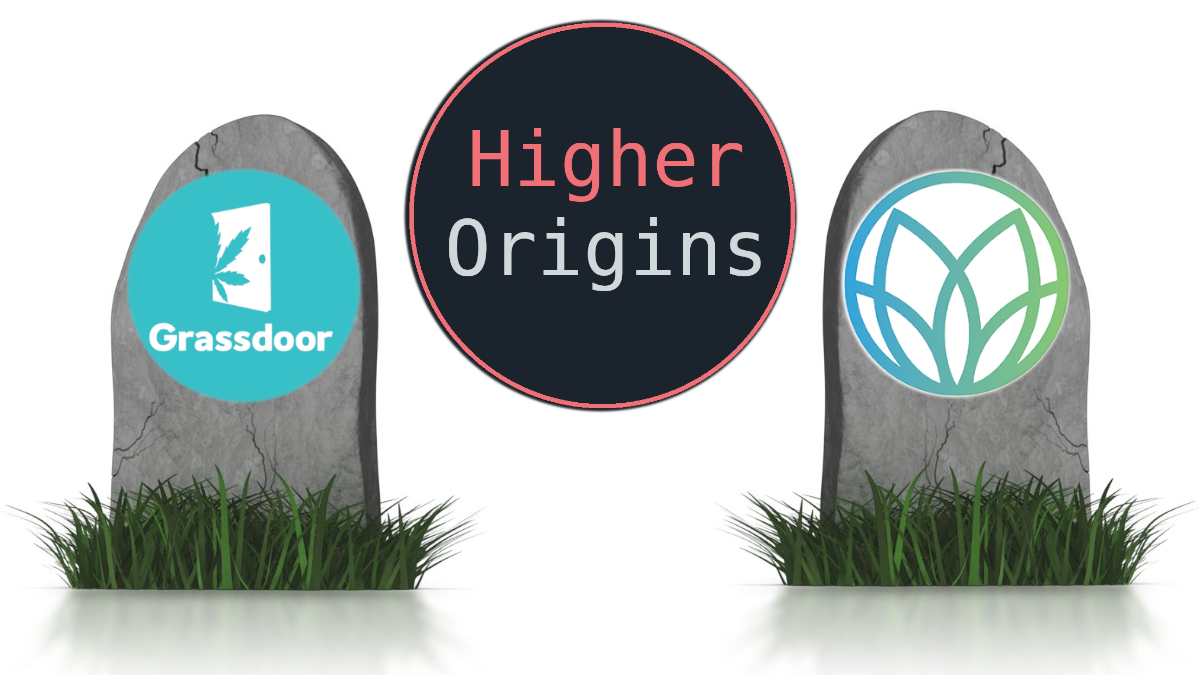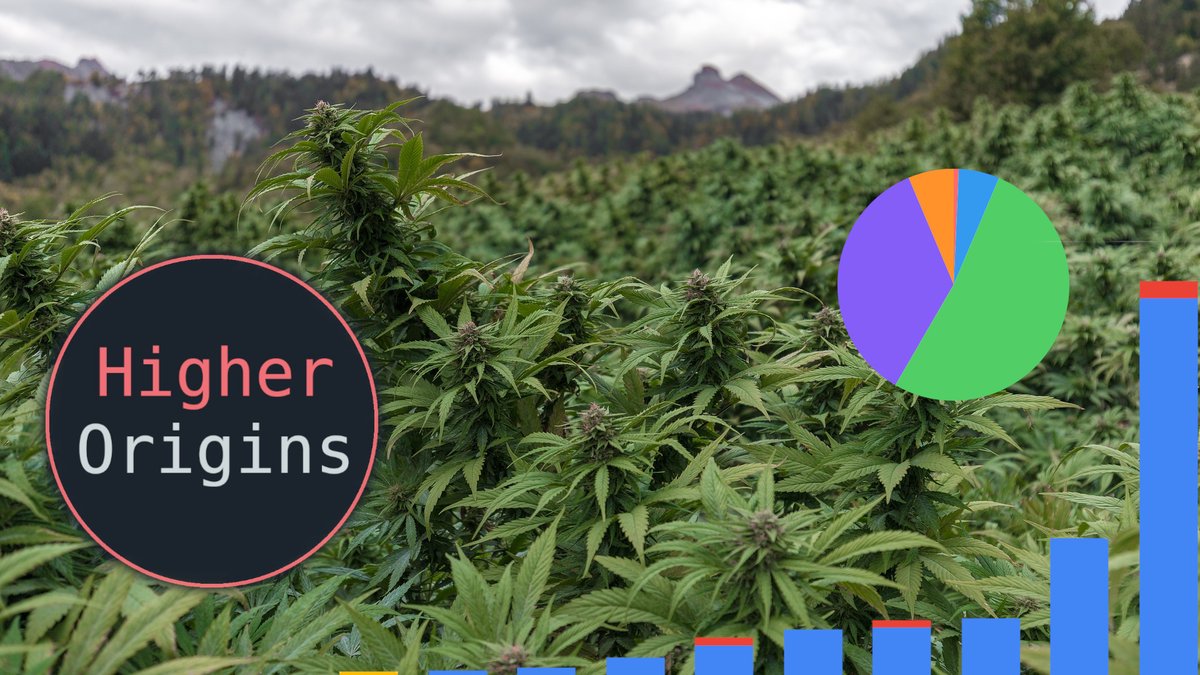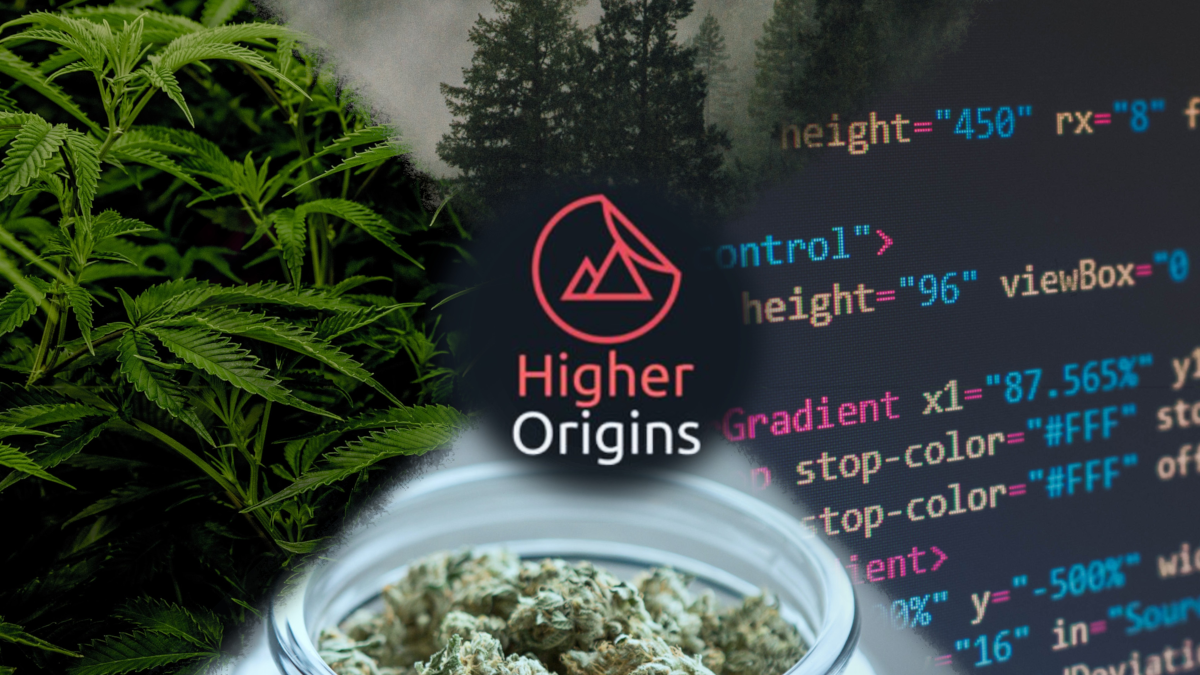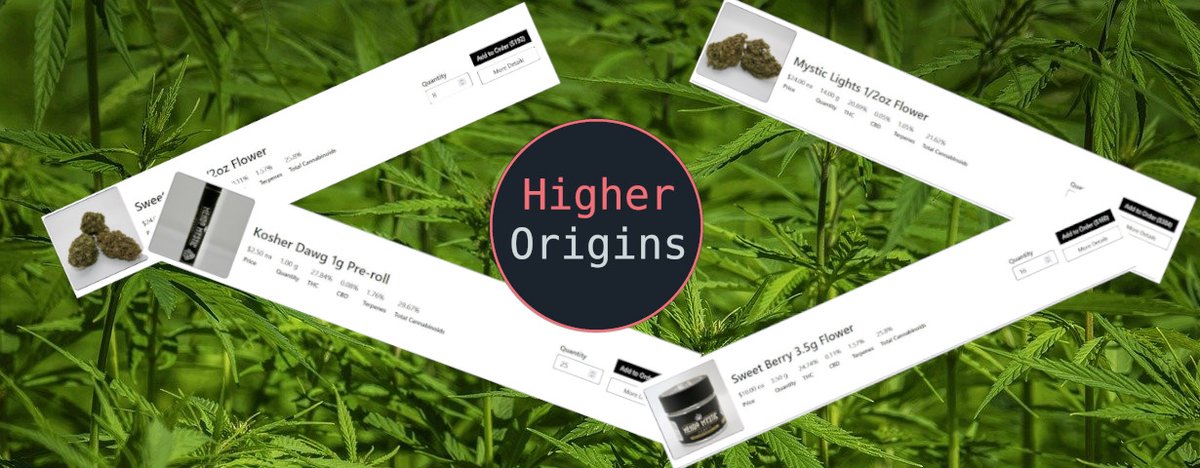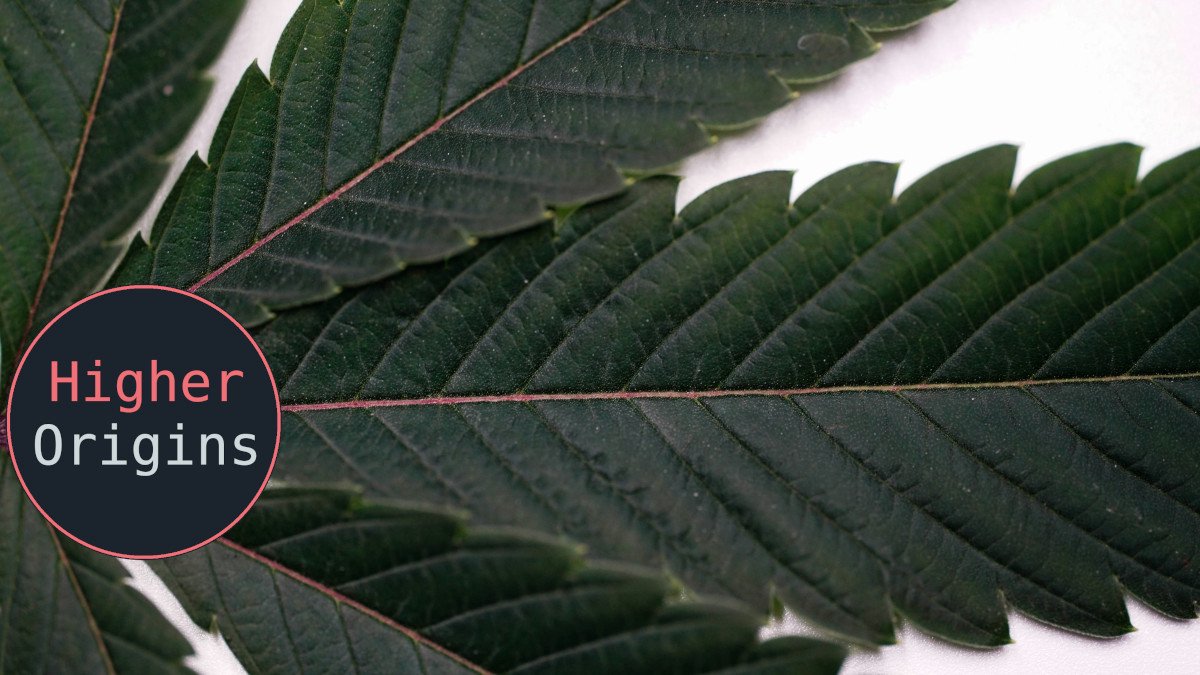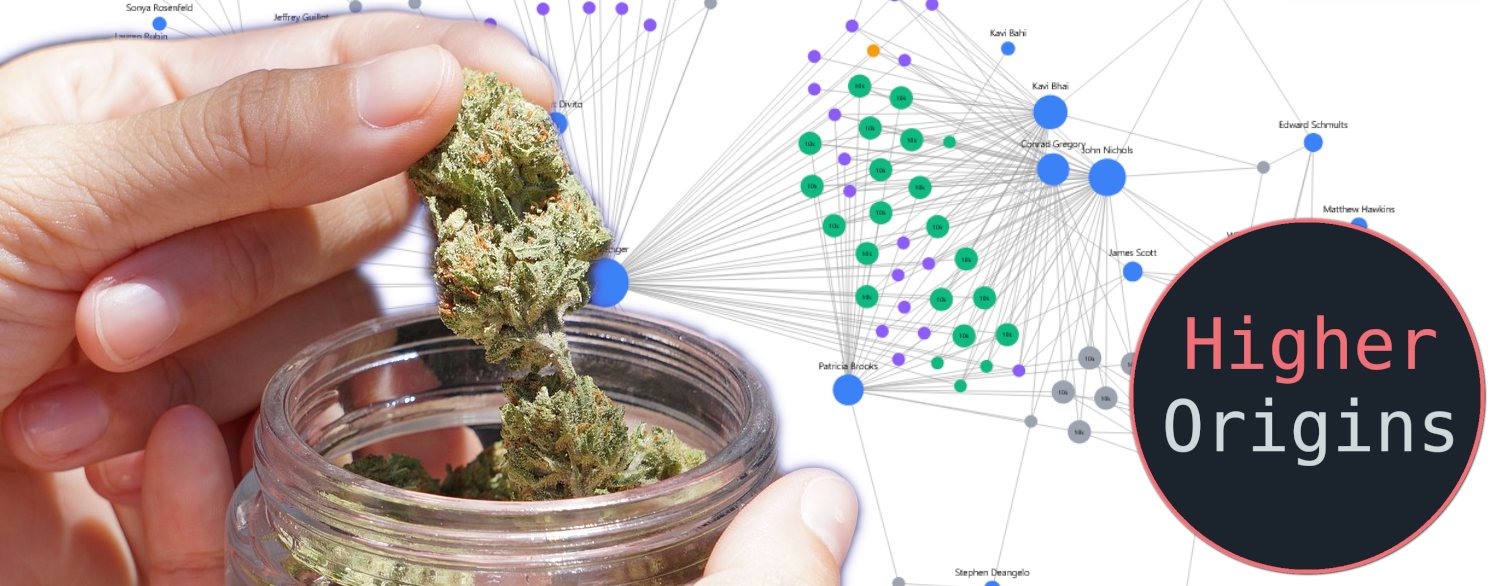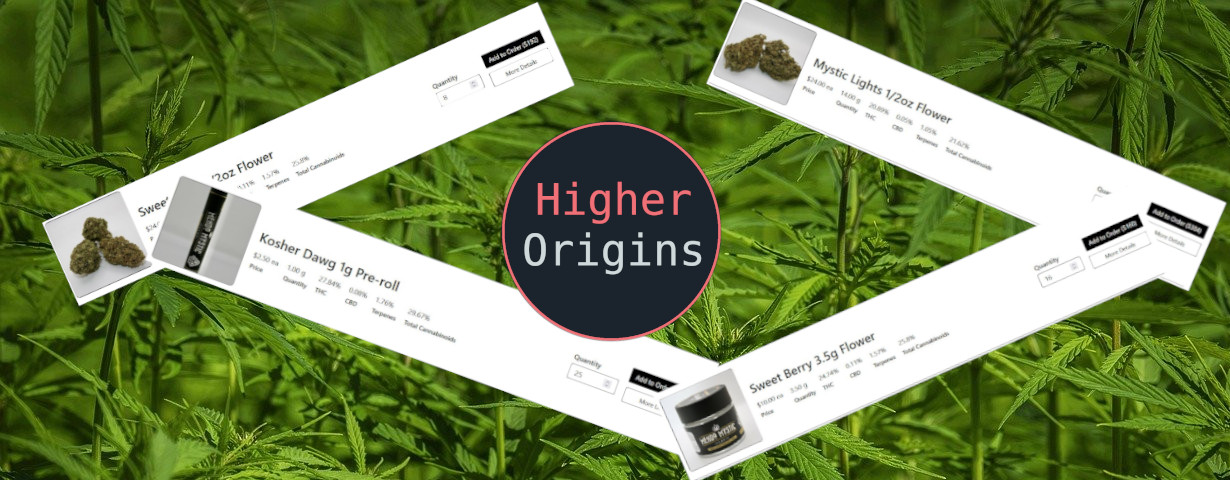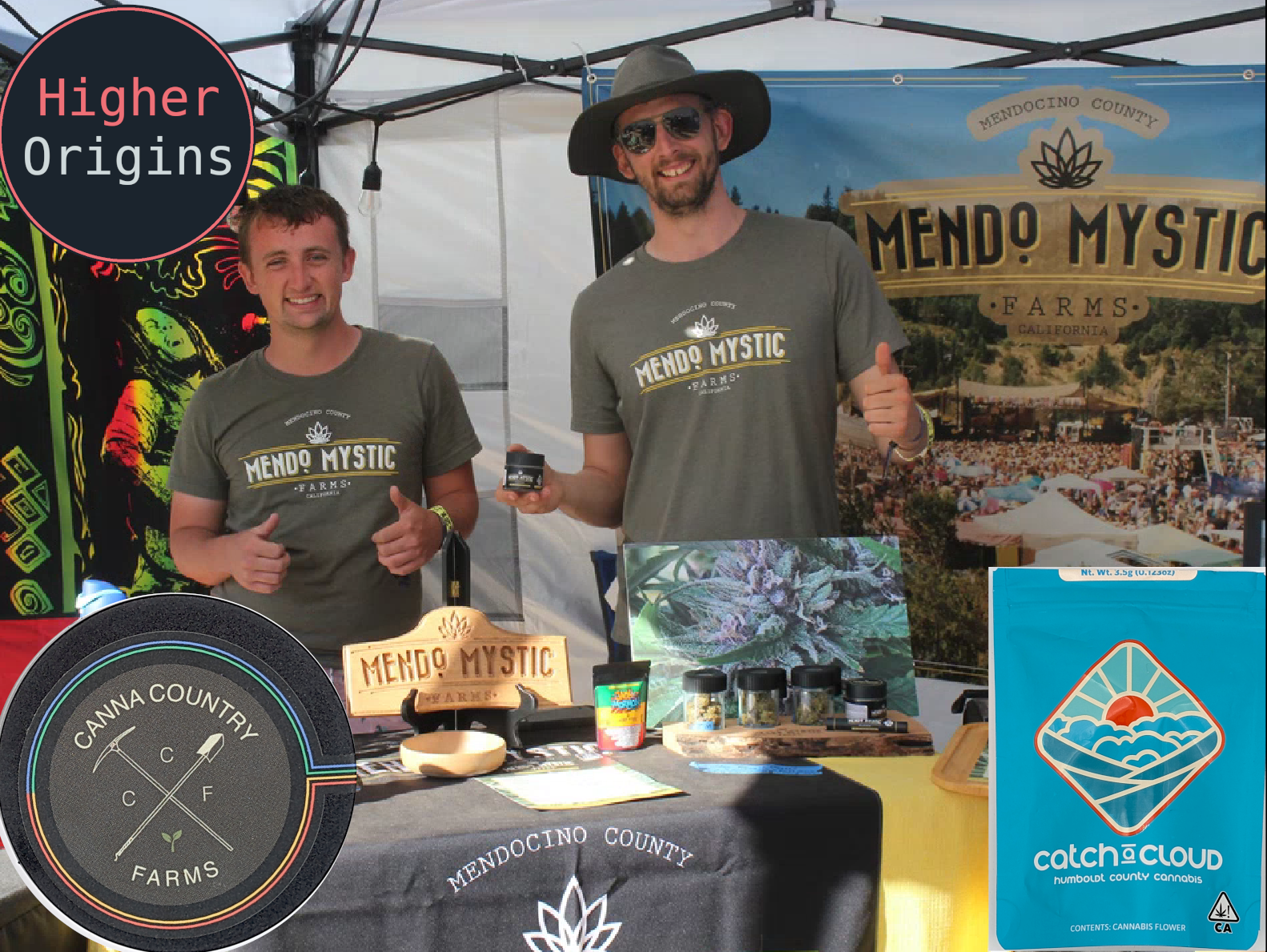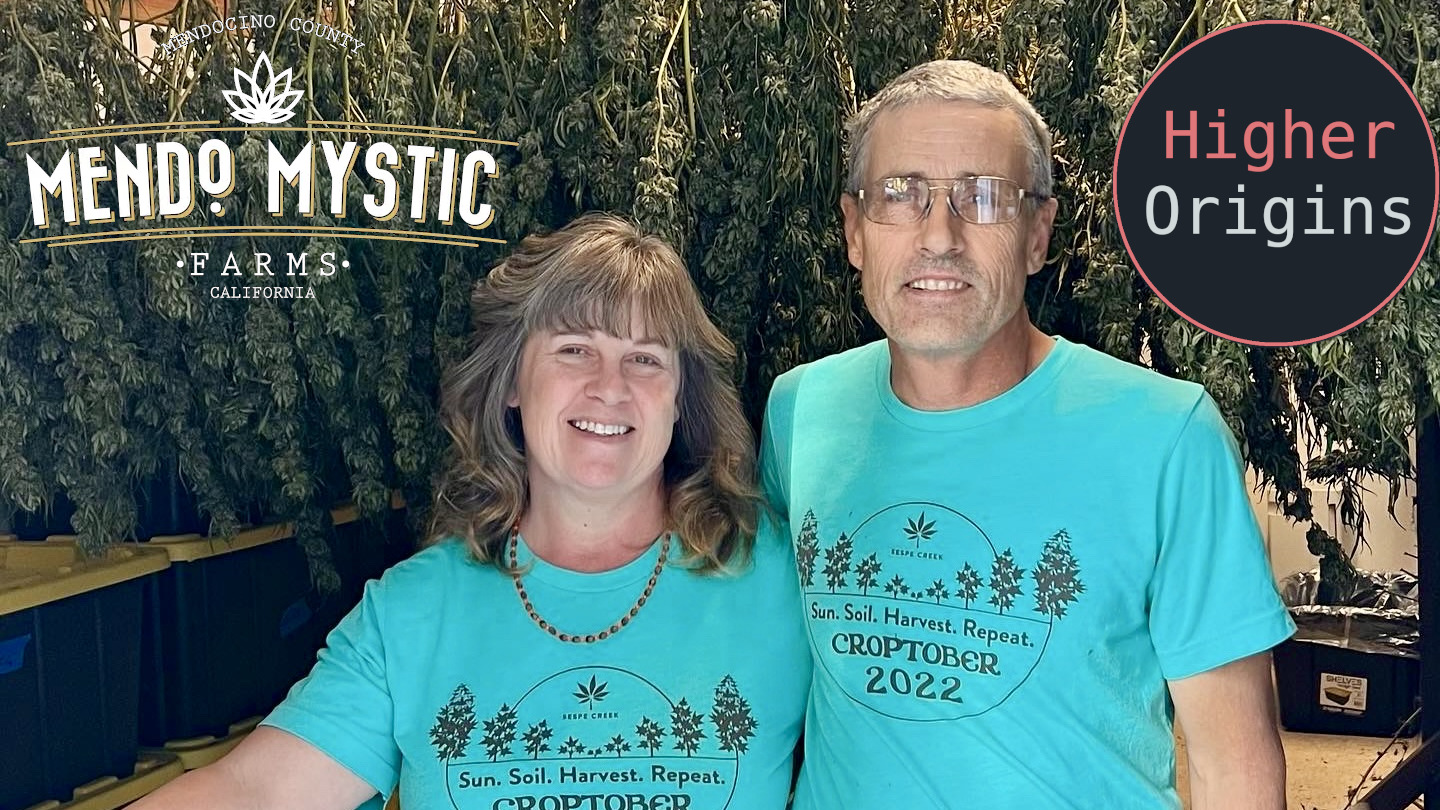Introduction
Recently, METRC has been promoting new features as part of its new METRC Connect API. One feature has stood out to us: METRC Retail ID. This is a QR-code based system for retail packaging, with codes that direct users to information about the products they buy. At surface level, this seems like a good idea, and we’re in support of more transparency around where products came from. In a recent article, we traveled the state of California trying to buy specific kinds of product, and in most cases were unable to determine where it came from. Likewise, recent reports of even more contamination in consumer cannabis products have shown that current regulatory systems haven’t actually been successful in keeping consumers safe. So, based on that, you might expect us to celebrate METRC’s move with a system that purports to improve transparency. Unfortunately, like all things METRC does, Retail ID is an overcomplicated, barely effective, and profit-focused tool that does little to address the real problems and further exploit the data of its government mandated users. In this article we discuss where Retail ID came from and why it’s not a great solution, as well as present some alternatives and speculation on what this means for METRC users.
History
The story of Retail ID doesn’t actually start with METRC. Sometime in the 2010’s, a blockchain startup called Chroma Signet started working on a QR code based system that they claimed would enable physical items to be linked with and authenticated via blockchain programs. This system was technically simple and parts of it can be explored on the GitHub. Over time, Chroma gained some partners in this project, such as Nike, and a cannabis lab called Evio. As the blockchain space changed, the project began to stagnate. Enter METRC. In April of 2023 METRC bought Chroma Signet from it’s founder, Marcus Estes, and brought him onboard. Soon after, legal trouble emerged, which has resulted in a court case against Estes, who METRC alleges breached contract by leaking information that the project was a failure. Retail ID was announced in August of 2024 and has been rolled out through multiple pilot licenses and integrators. So far there is no indication of any kind that Retail ID retains any of the blockchain based tech of the original Chroma product. Links to the Chroma Signet app on the Play Store now direct to the Retail ID VerifID app: https://play.google.com/store/apps/details?id=com.chromasignet.app&hl=en_US&pli=1
A Two-Tiered Track and Trace System
In order to understand the problems with Retail ID, you have to understand what Metrc Connect is. 3rd party cannabis software and services, like Dutchie, Nabis, Higher Origins, Treez, and any of the other tools you may use to run your operation, all talk to METRC and exchange data through something called an API, or Application Programming Interface. In simple terms, an API is a piece of software that allows two other pieces of software to accurately exchange information, commands, and requests. Since METRC has existed in California, they’ve had an API that pretty much anyone can integrate with for free so long as they can prove that they have the basic ability to do so and don’t do anything malicious or abuse the system too much. Despite the fact that METRC’s API and other software is very poorly made and doesn’t meet the generally accepted standards for modern business software, integrators have been using it more or less effectively since it was mandated. However, in May of 2023, METRC announced their 2.0 API, which they call Connect. At launch, Connect offered a few minor upgraded features, but new Connect features like Retail ID have been added.
How it Works
Retail ID allows a licensee to associate a QR code with a product in METRC. This QR code directs to a page that has product identification information, as well as the product’s Certificate of Analysis, chemical content, and the name and license number of the producer. Businesses that touch that product can integrate these QR’s into their workflow so they can be scanned when managing inventory and softwares that integrate with METRC can interact with these codes as well to perform operations in their software. This means that one QR can be used from product creation all the way to the consumer, reducing labor costs for relabeling and re-coding products. This functions almost exactly like the new UPC 2D QR code standard which allows for internationally recognizable unique multifunctional product codes. Distros, brands and manufacturers save time and reduce complexity by having a common label code standard, software companies now have a code to integrate into their products instead of coming up with their own solution, and consumers can scan a product to learn more about it using the VerfID app.
Here’s a graphic from METRC, showing how they show the system working for different users:

The Catch
In order to access these benefits of Retail ID, a software company has to pay METRC for Connect. We’re not sure how much this would cost exactly, because METRC keeps their pricing hidden (a usual tactic with Software companies, usually used to keep competitors from snooping, but in this case METRC has no competitors due to their government mandate). Several software companies like Flourish have spoken out against Connect, estimating costs over $100,000 a year. METRC has had a good idea for once- a shared universal code that benefits operators and consumers alike with a little more transparency, and immediately paywalled it, effectively monetizing the information that licensees are mandated to give them.
It’s a Big Club and You Ain’t In It!
So this puts the cannabis ancillary software industry in a bind: only the richest software companies can afford to invest in Connect and deliver the value of features like Retail ID to the market. Interestingly, the financial interests behind METRC and some of the large software companies that would be best positioned to afford Connect are the same. The most obvious example is the Tiger Global backed Casa Verde Capital, whose portfolio includes METRC, and multiple ancillary software companies like Dutchie and Leaflink among others, all of whom would benefit from Connect, and all of whom have the funding to do so. Companies like Higher Origins, Flourish, Distru and others all stand to be shut out of these features while the others within Tiger Globals walled garden consolidate the market. Another company tangent to this is Canix, who was the first to use METRC Connect, and shares some investment interest with METRC.
Furthermore, METRC is moving to get rid of its free API entirely and have states mandate Connect. Starting this year, Version 1 API has been shut down in Maryland, Oregon, Rhode Island, Michigan, and D.C. There are no indications yet that this will become the case in California, but considering that California is their largest customer and home to many of it’s operations and investors, it would make sense that METRC wants to consolidate control here.
What METRC Claims Retail ID Will Do- And What We Think About It
On their website, METRC makes the following claims about Retail ID. Here’s our take on these claims:
Ensures products are legal, lab-tested, and safe for consumption
It doesn’t ensure anything, but it does give a pretty good assurance that the product went through legal channels, and had a lab test associated with it. As far as safe for consumption, as recent reporting has indicated, just because it passed a State-compliant test, doesn’t mean it’s not full of dangerous chemicals.
Improves compliance and increases market confidence
Giving wealthy ancillary software companies a walled garden tool for universal code scanning can help the compliance process for the customers of those companies, but it may make it worse for other companies who can’t afford Connect. Increased market confidence could result from giving consumers more info about the products they buy, but it’s an unverifiable claim.
Validates legal product to deter illicit activity
You can validate legal product all you want, but illicit activity happens with illegal product, so this makes no sense. Illicit sales exist outside of the legal market specifically because the legal market is not competitive with the illegal market. If someone is willing to take the risk of selling illegally, why would they bother with the mediocre profit margins and greater hassle of mixing their illegal supply chain into the legal one? The only real example of this is product that started legal getting diverted off and sold illegally- which can’t be controlled via regulation, only enforcement or good economics.
Protects brand reputation and bottom line
Brand reputation is most threatened by contamination, financial malfeasance, or social activity, not by how efficiently they can scan codes or list their COA’s or cannabinoid profiles. Bottom line benefit is really a question of cost-benefit-analysis: Will the purported savings and increased sales from streamlined operations and customers who appreciate transparency offset the fees from the software provider who has to pay hundreds of thousands to Connect and decides to pass those costs on to the operator? Use a #2 pencil, show your work.
Enhances communication capabilities to further facilitate recalls
This is a pretty legitimate statement- a shared QR standard that can be used through the supply chain and integrates with track and trace really does help clean up the chain of custody and allow people to clearly identify if they’re holding embargoed or recalled products. Credit where credit is due this is a key benefit.
Expands visibility into recalled products in a single QR code scan
Same deal as the last claim- if the code is shared across all touch points on the supply chain, upstream or downstream products can be scanned to see if they fall under the recall. Good solution, exactly the same as UPC codes and would work well for the same reasons.
Allows real-time access to item-level product data in a single scan
100% true. Scanning a product gives you info about that product. That’s the core functionality.
Builds consumer confidence with validation of lab testing
Sure, but that depends on the consumer’s confidence in the concept of lab testing itself. With California’s lab requirements allowing a whole lot of dangerous pesticides, and months and multiple touch points between test and smoke, this is a stretch. Sure, it gives the consumer access to the relevant legal lab report, but if they learn that the relevant legal lab report missed a bunch of pymetrozine, or if the weed got contaminated after testing, no fancy QR code info app is going to increase their confidence.
Amplifies voice of consumer data with access to direct product review and effects reporting
There isn’t any functionality currently in the Retail ID app or even mentioned in the METRC API docs about review or effects reporting. This must refer to the fact that an integrator could use Retail ID codes to power a scan-and-review system for products, but that’s something anyone could do without Retail ID- you can do it right now with a Google Form and a free QR generator, this isn’t a unique special ability that Retail ID has.
Improves public health with ability to track product effects directly in the app
So far, the app doesn’t really allow you to “Track” products. You can scan a QR which brings up some info about the product, and if you sign up, it saves a history of your scanned products. That’s all it does. I suppose an argument could be made that if a consumer diligently scans all the products they buy, then later when they see a recall notice they could go back in their history and look to see if they may have smoked some contaminated product, but that still doesn’t really improve public health, it just offers a way for those who bother to scan everything to see if they were exposed. This claim is just hollow marketing BS.
The App Experience
If you want to check it out, you can get the app here for Apple, here for Android, and here for a weird web app version. It’s very basic, slow, and has an option to create an account and password or use as a guest. So far Retail ID QR’s seem rare on shelves. The app displays the following info about a product:
Cultivar name
UID
Origin facility name and license number
Lab name and license number
Lab test date
A pie chart of the dominant cannabinoids
THC:CBD ratio
A table of cannabinoid contents
The product name
The distributor’s name
In some cases Terpene profiles
Here’s a Retail ID QR from one of our partnered farms that you can scan and play around with:

Why It Falls Short
Other than the aforementioned walled garden expensive API approach, Retail ID is conceptually a good idea, but it falls short in a few respects:
No Harvest Date
Freshness is key to quality, and METRC has all the information to provide the harvest date(s) of the base cannabis material that went into the product. Sure, this harvest date isn’t exactly representative of when the product was actually harvested, just the date that the operator bothered to record it in METRC, but sharing it is still a valuable way to show consumers how old their product might be. This would give brands and retailers more information when sourcing, and allow them to compete on shortening and speeding up their supply chains, which would benefit consumers with fresher weed.
No Grow Method Information
Recently, we conducted an experiment in buying small farm outdoor cannabis. One major takeaway was that in many cases it’s hard to figure out how the weed was actually grown- indoor, outdoor, or mixed light. Adding this distinction to the Retail ID display would be simple, and would give consumers and buyers greater clarity. We've seen a lot of resistance from retail buyers about buying outdoor, so naturally an incentive exists for sellers to misrepresent the growth style to get around this negative bias, so including this information in Retail ID would reduce the likelihood of that.
Regions
Regions are a key brand differentiator, and some brands try and rep different areas in order to build their brand identity. Adding the county name of origin for the cannabis in the product would help strengthen brands that rely on their appellation as a differentiator- and weaken those that lie to their consumers about where their weed comes from. Likewise, this can give buyers an idea of what they’re getting.
This is by no means an exhaustive list, but these additions would be a start to improve how Retail ID can inform consumers and operators.
Alternatives
Outside of the walled garden of METRC, there are options for feature rich QR codes. The biggest name for this currently is Lucid Green, although their system is expensive and their UI leaves a lot to be desired. At Higher Origins, we’ve launched some QR based systems for product that will be on store shelves shortly, and will contain much more information than Retail ID, for free. Unfortunately, neither us nor Lucid will be able to match the full potential of Retail ID without paying for METRC connect. We can’t speak for Lucid, but we will never do that.
For more information on this, we suggest you check out this article by Dana Spiegel, founder of Lucid Green: Can Metrc Retail ID Actually Work?.
Content like this is a core part of our mission to keep Californians informed about what’s happening in the cannabis industry. Our other main focus is helping farms get to market and connect with other licensees along the supply chain. Currently, we offer menu tools, a marketplace, business page, and product listings, as well as insights and analytics. Any California licensed cannabis operator can join for free today and help us connect the industry through the cannabis we have in common. We also have a more feature rich supporter tier at a cheap flat rate which helps us keep the lights on and fund development- if you like what we’re doing, this is the best way to support us.
Wishing you a warm and safe winter
-The Higher Origins Team
